Masculinity in crisis as a black or absurd comedy. Society’s always seems to rejoice in a misplaced misplaced judgment that portrays violence as a reality principle, perhaps reflecting the influence of Quentin Tarantino.
A video of a Halifax, Canada area principal wrestling one of his students to the ground and manhandling him through the halls has created an internet sensation with the issue of race relations as backdrop of the event. A leaked surveillance tape showed Ken Fells, a heavy built man with a military background make clam chowder out of Josh Boutilier, a fourteen-year-old who received the full-nelson treatment and was roughed up pretty good. Fells supporters can claim his monstrous over-reaction reflects an atmosphere in which ordinary people who suffer everyday repression and violence internalize aggression and ultimately become their own executioners; a rage expressed is equal to the depth of frustration that breeds aggression in ordinary people that finally explodes, repeating the oppressive models of violence. Or so the theory goes.
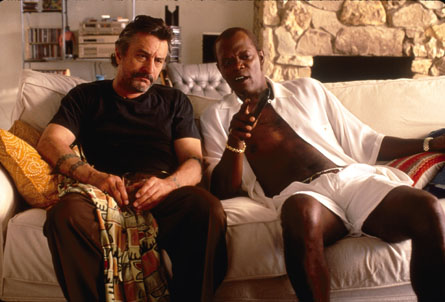
''To think that, though, is to ignore his underrated crime drama Jackie Brown (1997), easily Tarantino's most mature film and his only picture with a conscience. There is no 'Marvin getting shot in the head' sequence here - Jackie Brown's violence is sudden, matter-of-fact, disturbing.''
”What threat the principal believed Mr. Boutilier posed that day in March has not been revealed. Mr. Fells is not speaking and the Halifax Regional School Board will not discuss the specifics of the incident. The student, who acknowledges getting into trouble in the past, admits he was breaking the rules by using a cellphone. He said he refused to surrender it to staff and that Mr. Fells was “stalking” him through the school immediately before the incident on the video.
After an eight-hour meeting last month, with supporters of Mr. Fells demonstrating outside, the board opted to remove him from Graham Creighton Junior High School in Cherry Brook. But contrary to the recommendation of its own staff, it decided not to fire him. He will get a new assignment in the fall. That decision has proved hugely controversial. “A friend was saying, had the situation been in reverse, had that been a white principal who took the same action against a black student, would the outcome have been the same?” said Wayne Coady, a father of three grown children. “There could have been a riot.” ( Oliver Moore, Globe and Mail )
On one hand, these images are symptomatic of society’s crisis and its uneasy relationship with violence as a dominant paradigm; on the other, they can show the strategies the society, generally unsuccessfully, undertakes to resolve these problems.There exists a complex relationship among cinema, society, and violence that has been an elusive grasp thus far.
Media spread a strong “violence culture,” that equates war violence, generally war and law and order, with patriotism, presenting heroes and respectable citizens within a kitschy macho-pornographic context as a desirable cultural model for young generations. American media and public space had been flooded with pictures of violence, since new enemies conveniently appear with frightening regularity. Violence as a way of life has found its expression throughout the cultural domain, from popular music and culture, music videos and tabloid press, to the theatre and cinema.And it here to stay. The flip side,is a cinema that is both a work in progress and a story about the defeated, horrified, and terrified individual, who does not see any exit from the abyss.
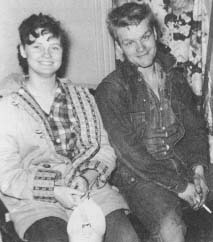
''Although he had murdered a few weeks before, Charlie Starkweather, a diminutive 19-year-old garbage truck driver from Lincoln, Nebraska, didn't begin killing in earnest until January 21, 1958. This was the day when he visited the home of his girlfriend, Caril Fugate, aged 14. While awaiting her return, Starkweather got into an argument with Fugate's mother. When she tried to slap him, he grabbed a rifle and shot her. Seconds later, Fugate's stepfather was similarly dispatched. Minutes later Fugate arrived home, at which point Starkweather stabbed her 2-year-old half-sister to death. Then, after pinning up a notice in the window that read "Every Body is Sick with the Flu," the couple hunkered down for the next six days, watching television, having sex, gorging themselves on fast food. In that time various people visited the house and met the two teenagers. No one noticed anything out of the ordinary. Read more: Charles Starkweather and Caril Fugate Trials: 1958 - Tough Background, Hostage Or Killer? http://law.jrank.org/pages/3085/Charles-Starkweather-Caril-Fugate-Trials-1958.
The mechanism of social violence; to trace its origins and its cancer-like spread is not obvious.The failure seems possibly due to two main causes: a lack of historical distance and the fact that poverty, humiliation, victimization, and violence in America were so severe that no symbolic representation could match the real violence in the streets, the media, the battlefield, and ultimately in people’s homes, where violence entered mainly through media propaganda and hate rhetoric but also through dissatisfaction, distress, and lack of perspective. No matter how violent films are, they remain only a weak reflection of the real violence in the society.
As a cultural export, the American model as spawned a template for foreign films as well, more or less following the following patttern:The breakdown of the social order and the imposition of corrupt, vi
t strategies of survival predominantly seen through the drama of male heroes who cannot respond to a presupposed patriarchal role. If they are very young, they respond to the situation by participating in violent rituals that compensate for the loss of male pride due to the lack of social affirmation, and loss of hope. Most often, the young men exchange their own life for the temporary–the only possible–self-realization through violent behavior.
”Another example of how cinematic representations and “objective” reporting mutually reinforce a narrow, racial coding of violence can be seen in an incident that happened at a local movie theater in Oakland California. A group of Castlemont High School students were taken to see Schindler’s List (1993) on Martin Luther King Day as part of the school’s effort to deepen their sense of history, oppression, and to broaden their understanding of the struggle for human rights. The students, most of them black and Hispanic, laughed at some of the most violent scenes in the film. The manager of the theater reacted in shock and asked them to leave. The story received national attention in the popular press, and echoed the stereotypical assumption that these students mirrored in their own personalities the nihilism and pathology that inevitably led to increased disorder and criminality characteristic of the racially marginal space of the urban city, a space of gruesome violence that threatens to spread outward to the “safe” confines of middle class America.
Hardly a paragon of objectivity, the media’s portrayal of this episode betrays a certain tragic irony in representing black youth as the source rather than the victims of violence. In fact recent statistics reveal that “young black males constituted 17.7 percent of all homicide victims, even though they made up only 1.3 percent of the US population. [Moreover] black men over age 24 were victims of homicide at a rate of 65.7 per 100,00, compared with 7.8 per 100,00 for white men.” The media portrait nonetheless reflects the conservative mood of the country: treating violent youth as dangerous urban aliens is a guaranteed crowd pleaser; focusing on the devastating effects of (white) racism, rising poverty and unemployment for a generation of black youth is less popular.
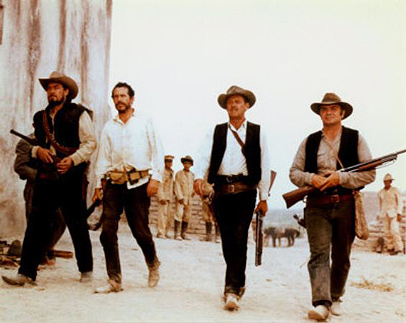
''To call Sam Peckinpah a manly man would be like saying chocolate is just a food group. The words don't do justice to what they're describing. Here is director responsible for hardcore Westerns and a trademark style of violence that has been inspirational to such filmmakers as Tarantino and even Kathryn Bigelow. Peckinpah is to American cinematic violence what Woody Allen is to neurotic wimps in movies. However, there is a great deal of beauty in many of his films; and above all, he was a master storyteller. ''
What is so crucial about the above examples is that the largely dominant white media, while critical of the particular response of black and Hispanic children to the inhumane consequences of Nazi violence, refused to analyze in any significant way the larger culture of violence that permeates the United States. Such an investigation might explain both the insensitive response of the school children to the violence portrayed in Schindler’s List but it would also demand that white society examine its own responsibility and complicity in producing an ever spreading culture of violence and hip nihilism that makes it difficult for anyone to draw a meaningful line between the normal and the pathological.” ( Henry A. Giroux )
There is a certain desire for control over these images; to weaken their power by altering their contexts. To de-superficialize violent images that can be overwhelming and that reflect the great spiritual crises of our time and a profound need to re-organize images without the iconography of religion. The Ken Fells story is a munchie, a minor tidbit, but it does show that events, small or meaningful, can no longer be contained within a single frame of reference. Its like the photo-collage; a sort of Rashomon type of scanario where the truth is critically different for all the witness though the objective frames of reference were identical.
The recent Israeli Flotilla debacle showed there is no single image, single story or single truth. Multiple truths that all contain a certain validity and plausibility. There is no single story; only a shifting array of contradictory images and stories that each viewer is combining into his or her own collage of material. Our experience of the world is mediated almost entirely by various kinds of pastiche.
”The racial coding of violence is especially powerful and persuasive in its association of crime with black youth. As Holly Sklar points out, “In shorthand stereotype, black and latino boys mean dangerous, girls mean welfare, they all mean drugs. They are all suspect.” The racial coding of crime is also evident in widespread popular media coverage associating black rap music with gang violence, drugs and urban terror. Motion pictures depicting “realistic” portrayals of black ghetto life add fuel to the fire by becoming a register in the popular mind for legitimating race and violence as mutually informing categories. The consequences of such racist stereotyping produce more than prejudice and fear in the white collective sensibility. Racist representations of violence also feed the increasing public outcry for tougher crime bills designed to build more prisons and legislate get-tough policies with minorities of color and class. All of this is accompanied by the proliferation of pseudo scientific studies advocating what the creation of a custodial state to contain “some substantial minority of the nation’s population, while the rest of America tries to go about its business.”
Social and political causes of violence are elided. The media highlights the simplistic calls of conservative politicians for more prisons, orphanages for the children of poor black and white mothers, and censorship of the arts and media in the interests of managing social inequalities rather than challenging and transforming them. Whether in the portrayal of popular black music or in Hollywood movies, violence becomes the defining attribute for indicting an entire racial group. Of course, violence is not absent from representations of white youth and adults, but it is rarely depicted so as to suggest an indictment of whites as an ethnic group.”


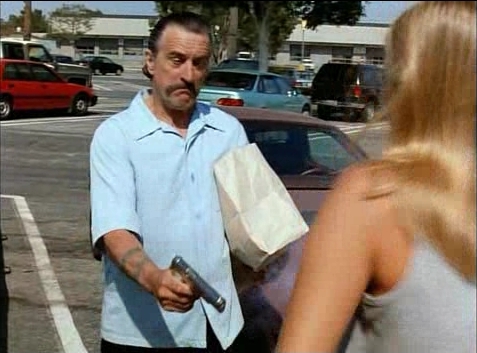



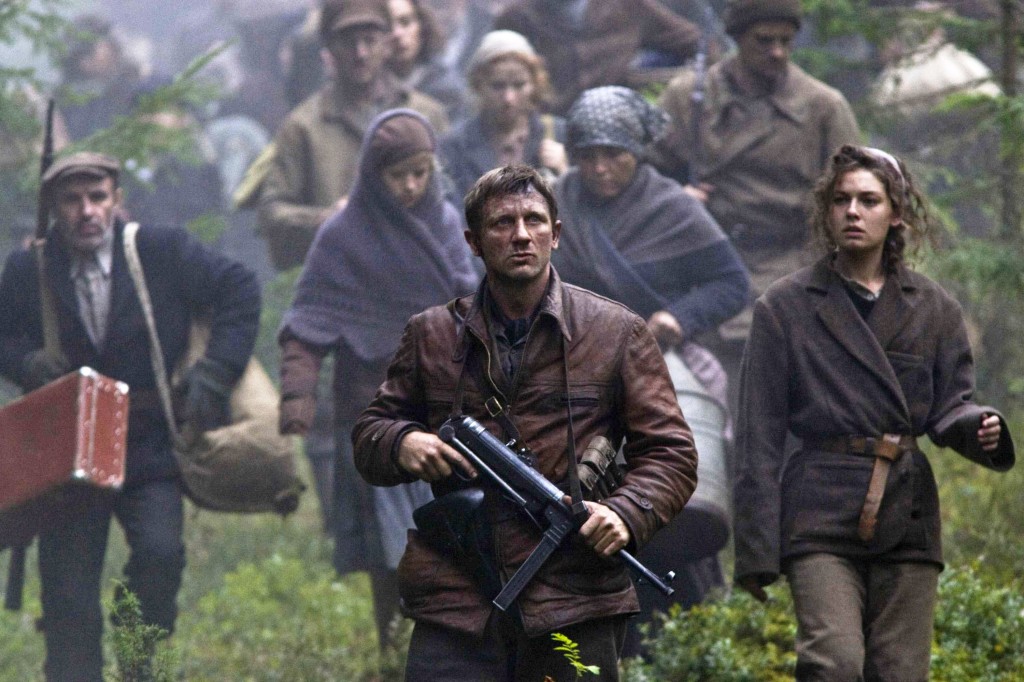
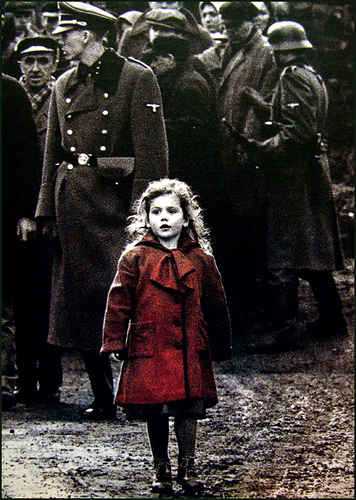




 COMMENTS
COMMENTS



